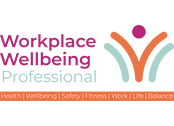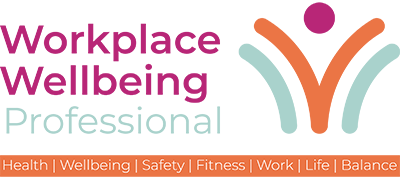We’re living in a paradox. As a society, we’ve never had more abundance, yet so many basic human needs seem out of reach. We’re hyper-connected through technology, yet more isolated emotionally. We have flexible “work from anywhere” policies, but our downtime has been compromised. As a result, we are more disconnected than ever.
Clearly, something needs to shift if we’re going to build a better future – and a healthier workplace. What’s the solution?
What if the solution isn’t something brand-new, but something deeply rooted in our humanity, and hard-wired into each of us? Something that sparks purpose, energy, and community. The answer is connection. Connection is what helped humans evolve into the dominant species at the top of the ecosystem by giving us the ability to understand, empathise and collaborate with others. Yet in today’s fast-paced world, connection is the fundamental human need that we have been neglecting, and the one that can create the most transformative benefits by harnessing its power.
The power of connection
For companies searching for a competitive edge, connection offers a standout advantage. It drives collaboration, innovation, engagement, and yes, a better bottom line. Studies show that low employee engagement alone costs the global economy a staggering $8.9 trillion in GDP. By centering real human connection, organisations can steadily reverse these losses and realise long-term, sustainable growth.
But how do we intentionally foster connection when demands on employees keep rising, driven by the increasing need to do more with less? Let’s explore how to bring connection back to our work – indeed, back into our lives – while these lines between “work” and “home” grow ever blurrier.
Cooperation vs competition
Biology shows us that cooperation – rather than competition – drives our societal success. In the workplace, this means seeking win-win scenarios where everyone’s talents flourish. Authentic connection offers a path forward that transcends the polarising politics of diversity, equity and inclusion (DE&I) while doubling down on the core promise: building a better whole.
Connection is hard-wired into humans
Throughout history, humans have survived by leaning on one another. Forming tribes and relying on the collective good wasn’t just a preference – it was essential for our ancestors to make it. Neuroscientist Dr Matthew Lieberman takes it one step further, suggesting that our need for social connection is even more fundamental than food and shelter. When survival meant group cohesion, isolation simply wasn’t an option.
But as civilisations grew, so did “us vs. them” thinking. Early societies stuck together under shared cultural or genealogical traits, often treating outsiders with fear or hostility. Colonisation amplified these divisions, creating entrenched systems of hierarchy and exclusion. Modern laws now aim to correct these wrongs – but legislation alone doesn’t erase generations of bias or snap diverse groups into unity.
Why connection works
Connection bridges the gaps that divide us, reminding us of a core fact: humans share 99.6% of our DNA. When people discover common ground – shared experiences, values, or goals – they start cooperating. Dr Lieberman’s research shows that once individuals feel a sense of belonging, productivity and trust surge. In a supportive group, differences in skills or backgrounds become assets, not roadblocks.
This is exactly how businesses can flourish. When you foster a culture of trust and respect, employees lean into their unique strengths. That’s where real innovation happens. People challenge each other’s ideas in constructive ways, finding fresh approaches that can radically improve results.
Group belief, not group think
Importantly, connection doesn’t mean homogenising everyone. We don’t want “group think,” where everyone’s forced into the same mould. Instead, we’re aiming for “group belief”: a unifying sense of purpose that values different perspectives. When people unite around a mission, they’re more willing to combine strengths, experiment, and adapt – leading to agility and breakthroughs.
Historically, this is the same dynamic that propelled human societies forward. It can also be the secret ingredient in transforming workplaces today.
Creating a connected workplace
Thriving companies mirror that societal model – people aligned around a shared purpose, respecting and celebrating diversity as a catalyst for excellence. Of course, that’s easier said than done. Real change takes commitment, a bit of boldness, and a steady plan.
Fortunately, behaviour change science gives us a framework to make it happen. We can’t just tell employees to “connect.” We must create conditions that allow new habits to form and stick. This path involves four core pillars of connection: Culture, Leaders, Talent, and Life.
To find out more you can download Talking Talent’s new ebook, The Connection Code: Redefining DE&I, which delves into these pillars and explains how to drive connected outcomes that ripple across teams to boost both employee engagement and performance.

Dr Mary-Clare Race
With a career spanning several continents, Dr Mary-Clare Race has led businesses through rapid growth in both the UK and the US.A recognised expert in her field, Mary-Clare’s research has been published in leading journals such as Frontiers in Psychology, Mental Illness at Work, and People & Strategy, alongside industry publications such as The Harvard Business Review, People Management, and The Financial Times.Alongside her role at Talking Talent, Mary-Clare is a Board advisor to several organisations in the Mental Health and DEI (Diversity, Equity, & Inclusion) sectors. She also lectures at University College London and Columbia Business School in NYC.


